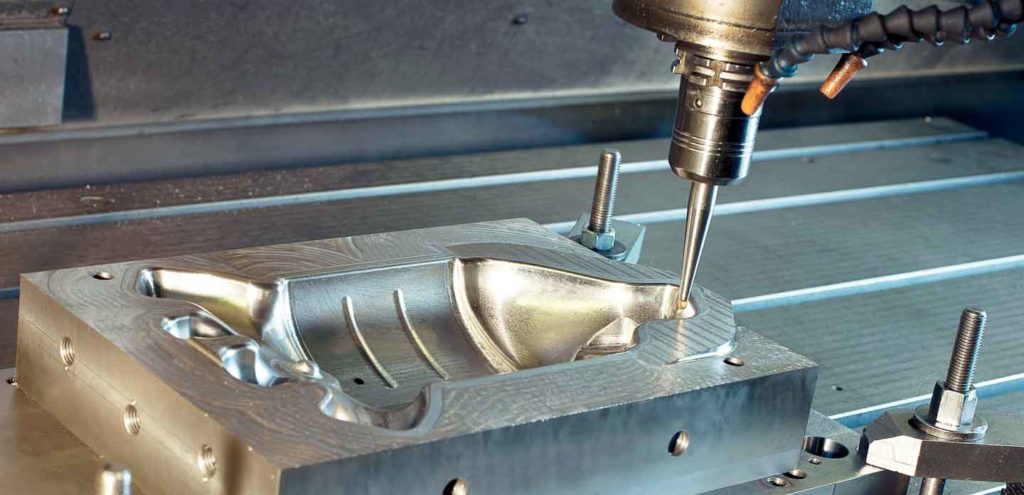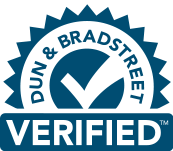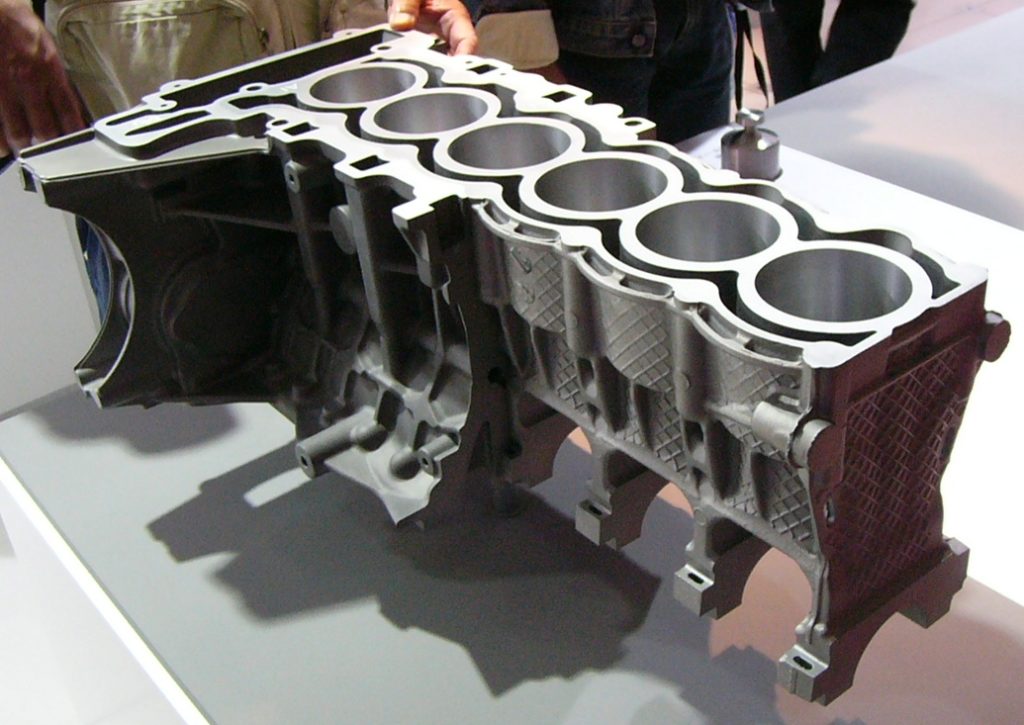
Die design services are becoming profound in its usage and its impact can be seen in the field of manufacturing engineering. Die design uses a die, which is a tool that allows manufacturing engineers to shape or cut material mostly using a press. Like moulds, dies also have the quality to be customised in any kind of shape to further create a product. The process is also frugal than any other manufacturing process due to die design software which is integrated with algorithms and analytics while demanding a lesser workforce. However, to maximise the profits, die designers need to work in a balanced collaboration with die casters at the early stage of manufacturing. Doing so, helps in resolving the problems which are related to tooling and production. This also helps in maintaining balance which concurrently reduces the cost to a minimum. For instance, if there is a demand for dies with slides, it will subsequently escalate the cost of tooling but decreases the metal used.
How Does a Die Work?
A die is usually made into two parts:
- The fixed die in the first half which is the cover and
- The ejector dies to remove possible castings in the latter.
Several modern dies are equipped with cores, slides, or other such sections so that holes, threads, etc. can be formed during the casting process. Meanwhile, melted metal is injected into the mould section under extreme pressure. To do so, engineers can use two methods: ‘Hot chamber method’ or ‘Cold chamber method.’ Lastly, when the work is done, the die machine is closed, and the two halves are locked inside.
Die Design Mistakes and How to Avoid Them
There are many factors to determine the transfer of die design into a final mould. For instance, a lack of space may result in preventing the mechanic from working on the concerned parts for hours. Or due to the faulty arrangement of operations, the final product could be distorted. In die design, manufacturers work with keen monitoring to narrow down every possibility of blunders.
The Main Areas of Concern
- The grain direction of the material
The ever-present grain of material should not appear alongside a bend, a joggle, or any other kind of deflection and elevation on the product’s surface.
- Openings, their shape, and location
The openings in the part should not be positioned at proximity to other openings and, not too adjacent to the edge of the strip or sheet.
- Bends and other three-dimensional alterations to the flat part, their shape and location
Sometimes, there are situations when bending along all the edges of a square or rectangular opening cannot be evaded, thus creating a dilemma. To sort this out, there should be a proper distance between openings, minimal practical punching, and blanking dimensions and prefer rounded edges.
- Outline of the part and its size
Avoid razor-sharp edges or feather edges especially if the work is handled directly by the hands as it can form chips and small cracks.
- Applicable tolerance ranges
Too tight or unusual tolerance ranges can multiply the demands for sharpening of tooling additional fine-finishing operations while accentuating the cost of strip materials.
 +91-120-4736400
+91-120-4736400 info@sphinxworldbiz.com
info@sphinxworldbiz.com

















